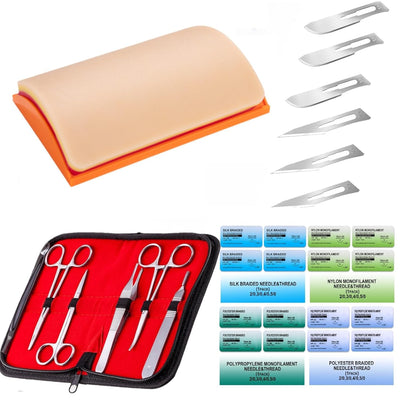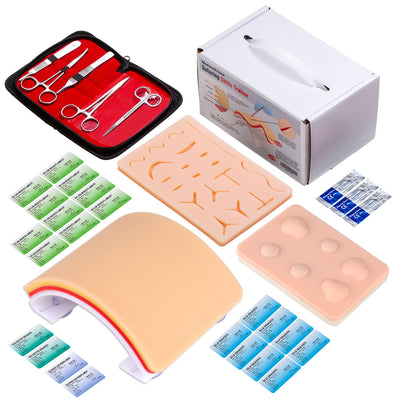Suturing a wound should only be done by a trained medical professional. If you are not trained in wound care, please seek medical attention. In an emergency situation where medical attention is not available, only attempt to suture a wound if you are properly trained and have the necessary tools and supplies.
If you are a trained medical professional, the following are general steps for suturing a wound:
Prepare the area: Clean the wound and surrounding area thoroughly to prevent infection.
Numb the area: Inject a local anesthetic into the area around the wound to numb the skin and underlying tissue.
Choose the right sutures: Select the appropriate suture material and size based on the size and location of the wound, as well as the amount of tension the wound will be under during the healing process.
Begin suturing: Start by placing the first stitch in the center of the wound and working outward, making sure to keep the edges of the wound together.
Tie the sutures: Tie each suture in a knot to close the wound, being careful not to tie the knot too tightly or too loosely.
Cut the sutures: Trim the ends of the sutures close to the skin, being careful not to cut the knot.
Apply wound dressings: Place sterile wound dressings over the sutures to protect the wound and promote healing.
Remember, the process of suturing a wound can vary depending on the location and severity of the wound, so it's important to follow proper medical guidelines and procedures to ensure the best possible outcome for the patient.









